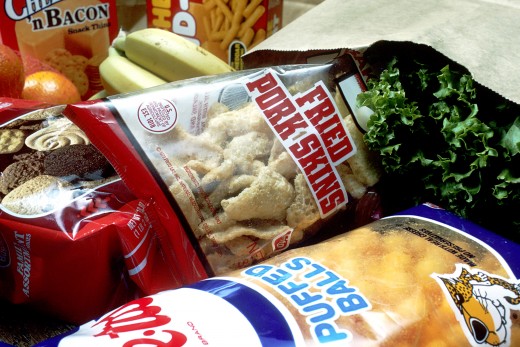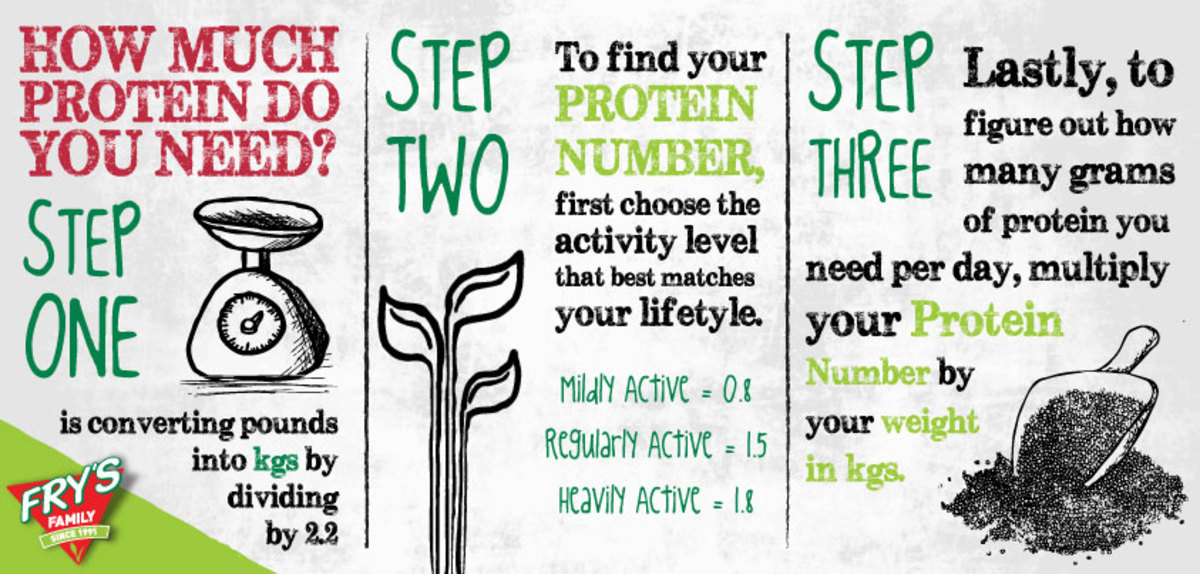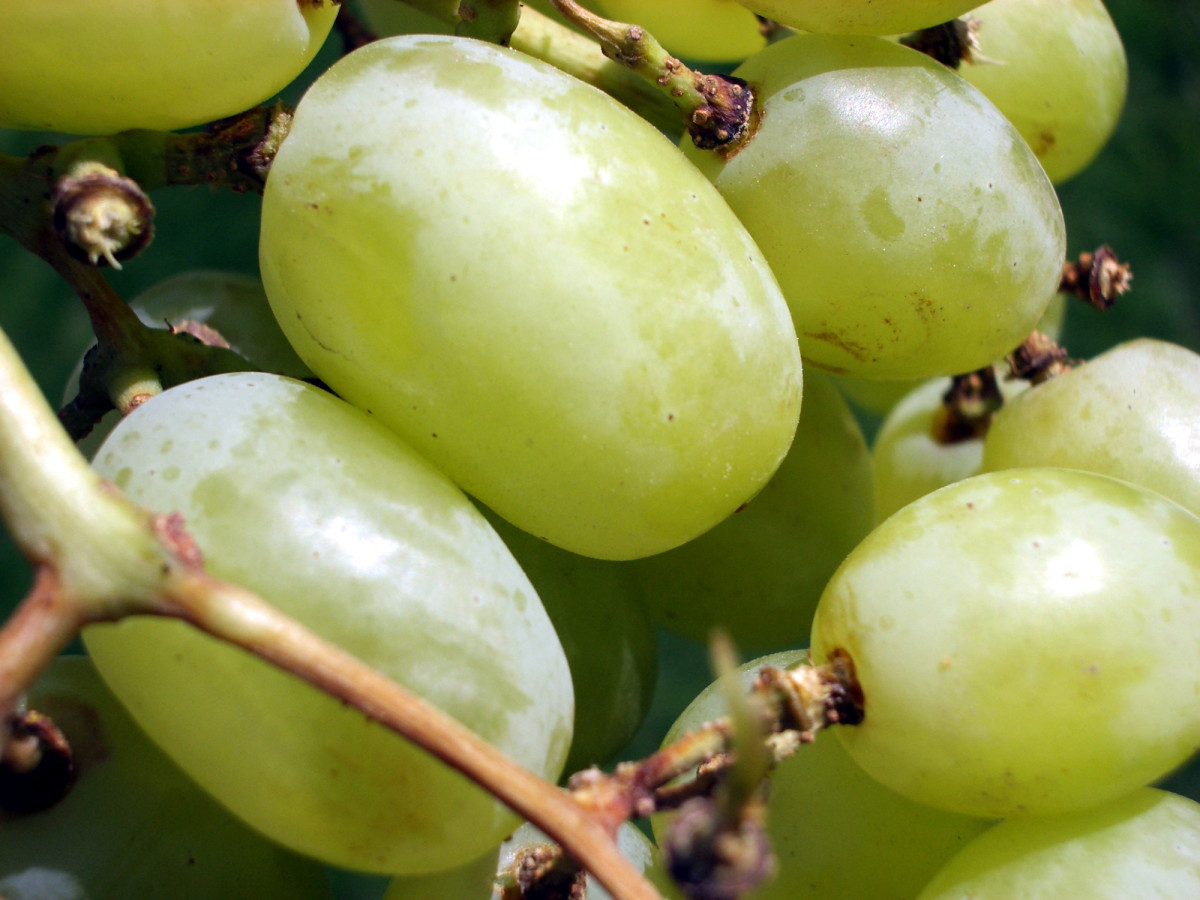How to Clean Up Your Diet
![By Unknown photographer [Public domain], via Wikimedia Commons By Unknown photographer [Public domain], via Wikimedia Commons](https://usercontent1.hubstatic.com/7979628_f520.jpg)
There are several benefits to clean eating, such as weight loss, weight management, and chronic illness prevention, but despite the benefits, it can still be hard to make such a dramatic dietary change. Let's face it, we all love processed foods, loaded with yummy fat, sugar, and refined grains, but those foods don't necessarily love us. Although clean eating can be a challenge it today's go-go lifestyle, it is rewarding for your health and becomes easier over time.
Challenges of Clean Eating
Although clean eating is a common-sense approach to your diet, clean foods are not as convenient as the refined and processed foods prevalent in American supermarkets. Planning ahead is an essential part of clean eating. By planning and packing your meals for the day, you can reduce the temptation of the convenient processed foods in restaurants and markets. For many clean eaters, planning becomes easier as times goes on and they compile more recipes to choose from. Making meals ahead and either freezing them or eating them as leftovers can save time during a busy week.
Clean eating also requires a bit more work to find wholesome, clean foods in a marketplace filled with manufactured and refined products. Reading labels can be daunting at first, but after learning how to read the nutritional facts label and what to avoid in an ingredients list, reading labels will become second nature. Shopping at local farmers markets and natural food stores (such as, Whole Foods, Trader Joes, or Sprouts) can also help minimize the processed and refined options found in big name supermarkets.
Another challenge of clean eating is dining in restaurants. Because clean eating is flexible, you do not have to completely eliminate date nights or dinner with friends, but planning ahead can be helpful in eating as clean as possible while you are out. There are more restaurants today that focus on locally grown and organic foods. These restaurants may not be completely clean, but they are certainly a better choice. Many restaurants also offer their menus online. By viewing the menu online, you can often check the nutritional information for a dish and make your choice ahead of time. There are also plenty of restaurants that are accommodating and can prepare a dish for you in a more clean manner, for example, ordering an entree without the sauce, or broiled chicken instead of fried.
How to Get Started
If you are ready to start a clean eating lifestyle, this section will give you tips on cleaning out and preparing your kitchen and pantry, planning ahead, and avoiding and all-or-nothing attitude to clean eating, as well as list resources for clean eating recipes and inspiration. Before getting started, defining what clean eating means to you is important. Because clean eating is flexible and subjective, it may mean only eliminating refined flour and sugar from your diet, or it may mean eating only organic foods and eliminating meat and dairy. Obviously, the cleaner your diet is the more benefits you will reap, but ultimately the choice is yours and you must do what works and what will continue to work for you.
Cleaning the Kitchen and Pantry
Cleaning your kitchen and pantry is an important first step toward a clean eating lifestyle. For those who heavily rely on a processed foods diet, this step may be phased for a slower transition. By gradually eliminating refined flour, refined sugar, and trans fats, your taste buds are more likely to adjust and you will adapt to the new lifestyle and stick with it. It can also be more cost-effective if you already have a stocked pantry or freezer to gradually use or get rid of processed foods and re-stock with clean foods. For others, completely clearing out the processed foods and starting fresh is the best way to go.

To begin cleaning out your kitchen and pantry, look for the following most common processed foods:
- Anything in a box. These are foods like macaroni and cheese, skillet meals, prepared rice or pasta side dishes, cookies, pudding, seasoning packages, sugary cereals, and anything labeled "instant."
- Condiments and sauces. These include ketchup, barbecue sauces, Asian sauces, such as duck sauce or hoisin sauce, and mayonnaise. Store-bought condiments and sauces list ingredients such as high-fructose corn syrup as one of the first few ingredients. Many of these have a high fat or high sodium content as well.
- Canned meals. These foods include soups, stews, and chili. These foods tend to be high in sodium, sugar, fat, and artificial preservatives. Low-sodium broths, beans, and tomato products are okay occasionally, but should mostly be avoided as well.
- Refined flours and sugars. These include all-purpose flour, table sugar, regular pasta, white bread, white rice, and white crackers. These should all be replaces with whole grain equivalents, such as whole wheat flour, brown rice, and whole grain breads.
It is also important to clean out your refrigerator and freezer. Eliminate any products with high-fructose corn syrup, sugar, or artificial sweeteners, such as flavored yogurt snacks and some juices. Prepared and pre-cooked meats like bacon, hot dogs, and lunch meats should also be eliminated because they are often high in calories, sodium, and nitrates. Prepared meals from the freezer, as well as frozen snacks, like chicken wings and mini eggrolls, are convenient and tasty, but are also high in calories, sodium, and fat. Frozen desserts should also be eliminated for the same reasons.
Planning Ahead
Planning ahead is essential to following a clean eating lifestyle. By planning meals ahead of time, you can reduce the temptation of convenience foods. The following planning tips will help you succeed in clean eating:
- Keep a well-stocked pantry, fridge, and freezer. By having a well-stocked kitchen, you have the basic meal tools, such as stocks, soups, beans, and grains, at the ready. Making extra portions of foods like brown rice or broiled chicken breast can also provide meals later in the week. For the weekend warriors, making casseroles or sauces on the weekend and then freezing them for meals later in the week or month also help with busy times.
- Bake ahead. Baking whole grain breads, muffins, and protein bars and portioning them into individual sizes can be a perfect grab-and-go snack or breakfast for busy mornings.
- Plan out your meals. Plan your meals at least a week in advance and mostly stick to the plan (you can certainly switch meals around during the week). Making extra portions that can be used for other meals during the week can also save time.
- Make a grocery list. Make a list of all the ingredients for the meals you have planned for the week (or month if you are a planner by nature) before going to the grocery store. Only buy what is on your list to avoid impulse buys and save your budget.
Although all the planning can seem daunting at first, once you have adapted to the lifestyle, planning will become easier and take less time.
Avoiding the All-or-Nothing Approach
Clean eating is a lifestyle not a diet, so there is flexibility. By eating clean most of the time (75 to 80 percent), you can still enjoy special occasions and celebrations. Many clean eaters plan a cheat meal once a week, usually reserved for eating out, to help them stay motivated the rest of the week. Others adapt to the clean eating lifestyle and no longer crave highly processed foods. The most important thing to remember is not to give up or beat yourself up if you eat something processed or not "clean." Everyone makes mistakes, so just make the next meal a clean one.
Additional Resources
Because clean eating is not an official diet plan, there are no subscriptions or programs to follow; however, there are several books and websites dedicated to clean eating that are helpful resources for recipes, tips, and inspiration to eat clean. The following are some great resources for clean eating:
- The Complete Idiot's Guide to Eating Clean by Diane Welland, M.S., R.D, New York: Alpha Books, 2009
- The Eat-Clean Diet by Tosca Reno, Mississauga, Onterio, Canada, 2007
- Clean Eating Magazine



